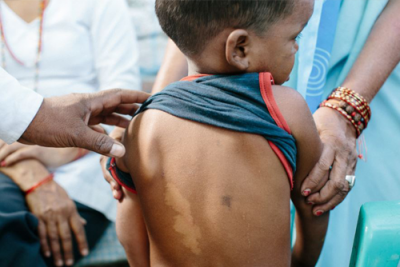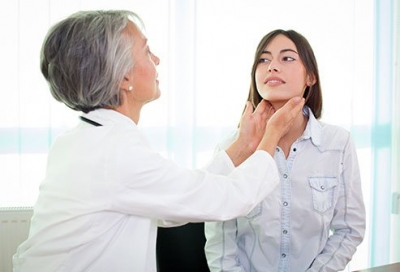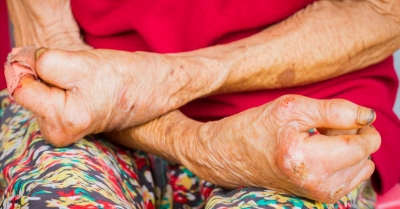
Leprosy is a chronic infectious disease caused by a bacillus, Mycobacterium leprae. M leprae multiplies slowly and the incubation period of the disease, on average, is 5 years. Symptoms may occur within 1 year but can also take as long as 20 years or even more.
Leprosy is an age-old disease, described in the literature of ancient civilizations. Throughout history, people afflicted have often been ostracized by their communities and families.
Although leprosy was managed differently in the past, the first breakthrough occurred in the 1940s with the development of the medicine dapsone. The duration of treatment lasted many years, often a lifetime, making compliance difficult. In the 1960s, M. leprae started to develop resistance to dapsone, the only known anti-leprosy medicine at that time. In the early 1960s, rifampicin and clofazimine were discovered and subsequently added to the treatment regimen, which was later labelled as multidrug therapy (MDT).
In 1981, WHO recommended MDT. The currently recommended MDT regimen consists of medicines: dapsone, rifampicin and clofazimine. This treatment lasts six months for pauci-bacillary and 12 months for multi-bacillary cases. MDT kills the pathogen and cures the patient.
Since 1981 WHO has provided MDT free of cost. Free MDT was initially funded by The Nippon Foundation, and since 2000 it is donated through an agreement with Novartis until 2025.
More than 16 million leprosy patients have been treated with MDT over the past 20 years. A general reduction in new cases, though gradual is observed in several countries. The new cases reduced to 202 256 in 2019. Several countries reported less number cases, including 45 countries reported zero leprosy cases.
Credit : World Health Organization
Picture Credit : Google



